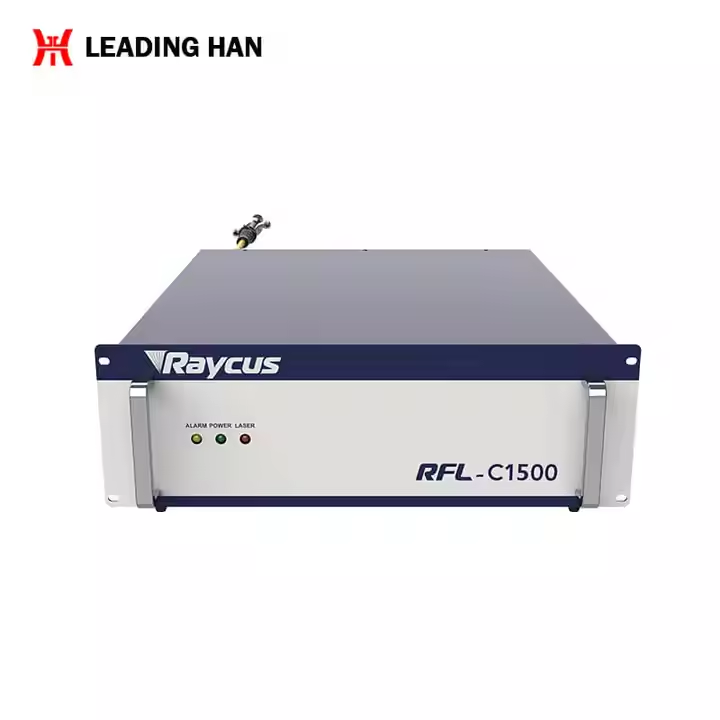In the rapidly evolving field of welding technology, handheld laser welders have emerged as a game-changer, offering precision and efficiency. However, like any sophisticated piece of equipment, they require regular maintenance and troubleshooting to ensure optimal performance. This comprehensive guide aims to equip users with essential knowledge about maintaining and troubleshooting handheld laser welders, ensuring welding excellence in every project.
Understanding Handheld Laser Welders
Handheld laser welders utilize focused laser beams to create strong, precise welds. Their versatility makes them suitable for various applications, from automotive repairs to intricate jewelry designs. However, to maximize their capabilities, it is crucial to understand the components involved, such as the laser source, optics, and cooling systems. Familiarizing oneself with these elements not only aids in effective operation but also in identifying potential issues during maintenance.
Routine Maintenance Practices
Routine maintenance is vital for extending the lifespan of handheld laser welders. Regular inspections should include checking the laser optics for cleanliness, ensuring the cooling system is functioning correctly, and verifying the alignment of the laser beam. Additionally, users should replace worn-out components promptly to prevent further damage. Establishing a maintenance schedule can help users keep track of necessary checks and replacements, ultimately reducing downtime and enhancing productivity.
Common Troubleshooting Scenarios
Despite proper maintenance, users may encounter issues with their handheld laser welders. Common problems include inconsistent weld quality, overheating, and laser beam misalignment. To address inconsistent welds, users should inspect the material being welded, as variations in thickness or composition can affect results. Overheating may indicate a malfunctioning cooling system, necessitating immediate attention. For misalignment issues, recalibrating the laser optics can restore precision. Understanding these troubleshooting scenarios empowers users to resolve issues efficiently, minimizing disruptions in their workflow.
Advanced Troubleshooting Techniques
For more complex issues, advanced troubleshooting techniques may be necessary. This includes utilizing diagnostic software that can provide insights into the welder's performance metrics. Users should familiarize themselves with error codes and indicators displayed on the machine, as these can guide them toward specific problems. Additionally, consulting the manufacturer’s guidelines can provide useful troubleshooting steps tailored to the specific model of the handheld laser welder.
Industry Trends and Future Outlook
As the welding industry continues to evolve, the demand for handheld laser welders is expected to rise. Innovations in laser technology, such as higher power outputs and improved energy efficiency, are on the horizon. Furthermore, the integration of artificial intelligence in welding processes is anticipated to enhance precision and reduce human error. Staying informed about these trends will enable users to adapt and optimize their operations, ensuring they remain competitive in the evolving market.
In conclusion, maintaining and troubleshooting handheld laser welders is essential for achieving welding excellence. By implementing routine maintenance practices, understanding common issues, and utilizing advanced troubleshooting techniques, users can ensure their equipment operates at peak performance. Embracing industry trends and innovations will further enhance their capabilities, ultimately leading to superior welding results.

